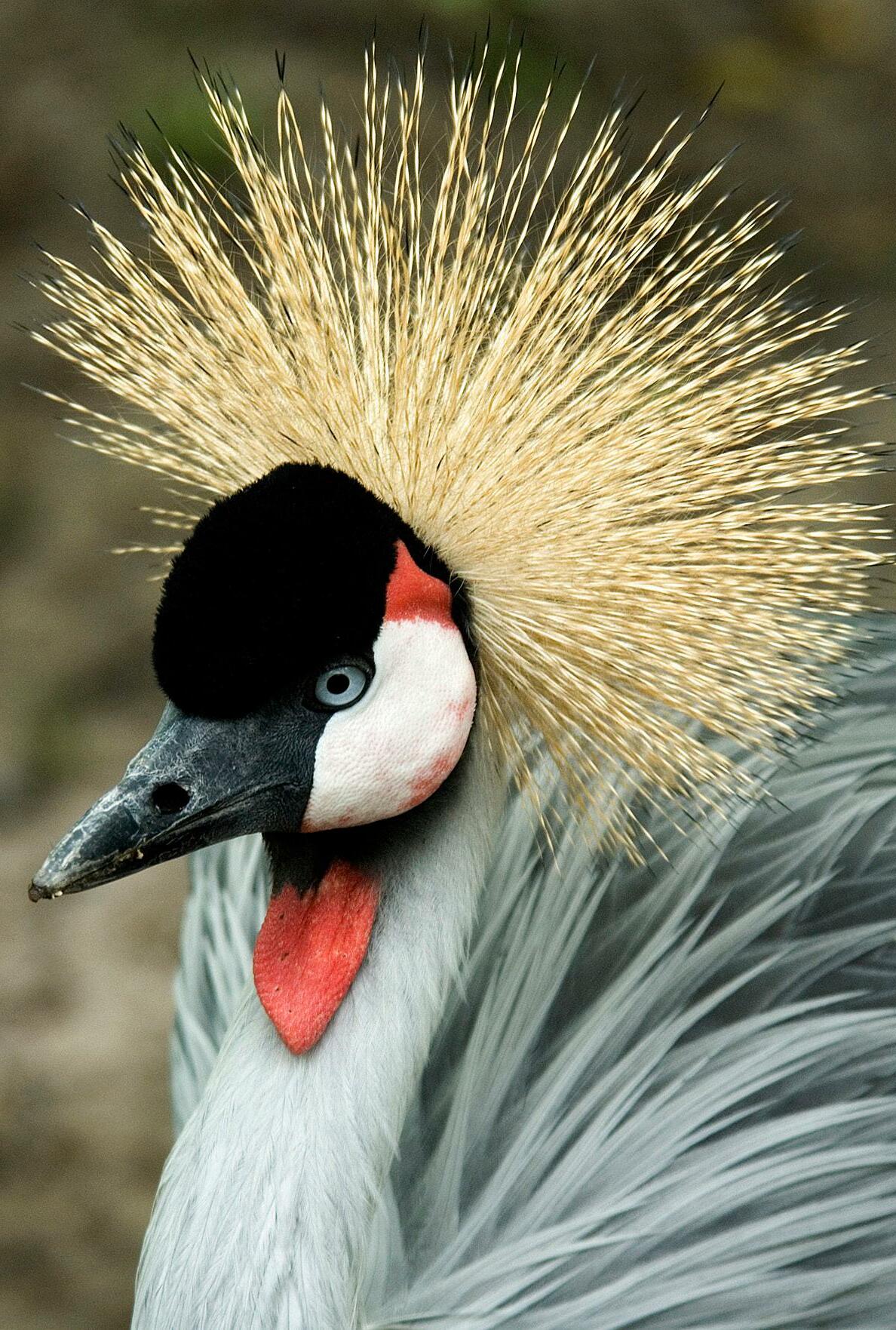
2 minute read
Saving Grey Crowned Cranes in East Africa

By Ben Klopf, Senior Animal Specialist, Savannah Team
Conservation is a primary reason that many of us work at facilities like the Kansas City Zoo. Day in and day out, the Zoo staff work tirelessly not only to provide a world-class experience for our guests, but also to ensure the future of our planet’s inhabitants. The Zoo's Conservation Fund grant program is one of the many ways that the Kansas City Zoo fulfills its mission.
Cranes are a long-lived, majestic group of birds that ensnare the hearts of all who experience their wonder. There is folklore around the world surrounding cranes. In eastern cultures, the crane stands for good fortune. Some Native American tribes see cranes as a symbol of true love. Crane images are used on coins, stamps, and flags throughout Africa. Rwandans see the crane as a symbol of wealth and longevity. Cranes are found on five continents and are woven into the cultures of the land where they live.
Grey crowned cranes are found in savanna and wetland habitats in southern and eastern Africa. Unfortunately, due in large part to habitat destruction, nesting disturbances, and the illegal wildlife trade, the grey crowned crane has a population that is decreasing at an alarming rate. It’s estimated that the population has declined by 80% over the last 25 years and is down to less than 22,000 birds.
In 2022, the Kansas City Zoo partnered with the International Crane Foundation (ICF) to help save these cranes from extinction. This conservation project focuses on the Rugezi Marsh in Rwanda, a key region of perfect nesting habitat that the ICF has been working in for years. ICF spearheaded efforts to regenerate and stabilize the Rugezi Marsh. While the marsh is now in good health and continues to improve, the cranes are still facing an uphill battle. Some people who live around the marsh rely on it for resources such as grass to make mattresses and wood for cooking. As is happening so much in our world today, this has created a conflict between humans and wildlife because the cranes rely on these resources, too. The tall grasses create cover and nesting materials essential for successful reproduction. The trees surrounding the marsh provide an additional barrier to deter predators, both animal and human, from disturbing nesting cranes or destroying or stealing nests, eggs, and chicks.
This is where our conservation efforts come in. The Kansas City Zoo helped to purchase 300 mattresses for the families in the region that need them. Two regional women’s groups helped to decide who would receive the mattresses. At the end of
November 2022, 100 families received three mattresses each. The people of the region celebrated the gifts with music and dance. The video clip of the distribution is truly inspirational. We anticipate these donations will result in a direct and positive outcome on the crane population in the Rugezi Marsh and East Africa.

The Kansas City Zoo Conservation Fund grant program would not be possible without our Friends of the Zoo members. You make a difference as a portion of membership and ticket sales supports the program, as well as the Step Up program in our retail and concession locations. Stories like these, where we’re able to help people and animals, are why I started in this field many years ago. Together we are making a real, positive impact in the lives of East African grey crowned cranes and will continue to do so into the future.










